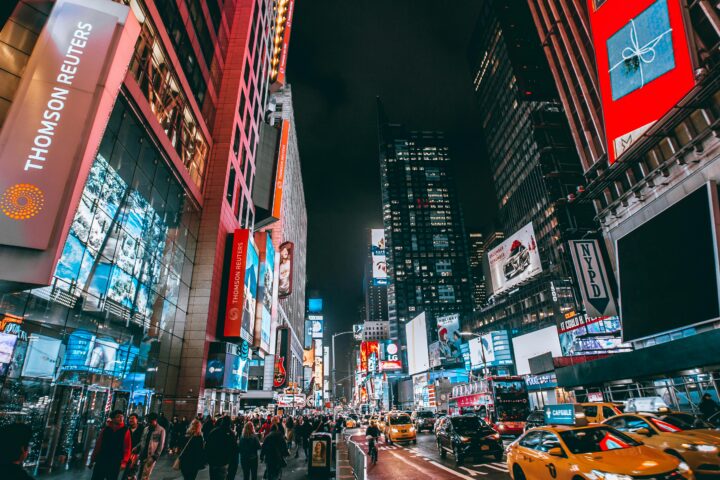Mental health professionals are raising concerns about the psychological challenges faced by children returning to in-person learning after a year of the pandemic. This comes as the transition continues to reveal unexpected, often-overlooked learning curves for children, as they become acclimated to the new normal.
The pandemic is still ongoing, and the varied mental health barriers posed for children as a result are not well understood. Queens College (QC) psychology professor Yoko Nomura, believes that COVID-19 has instilled a degree of fear in children that can accelerate the impact of pandemic learning curves: “Children already feel tentative, confused, and anxious about social interaction. Whether it’s about how much distance they have to keep, or the fear of possibly getting infected; behaviorally, so many barriers already exist for children. Then on top of that, they have the mask mandate–which is of course, important–that only allows for them to see eyes. It forces already worried children to learn and observe in new, abnormal ways.”
Young children learn behavioral skills through what’s called “social referencing”–a psychological term that describes looking to facial expressions and tone of voice for guidance in perceiving any given situation or conflict. According to a report from Michigan State University, when children are exposed to new behavior, they are attentive and often mimic the behavior–as well as assess the reactions that said behavior warrants. Mimicking is a cornerstone to social referencing that has been greatly compromised due to the pandemic. As the vast majority of people continue to operate remotely, respect social distancing guidelines, and wear masks, children may find themselves struggling to read facial expressions and pick up on important emotional cues.
Consequently, masks, even Halloween masks, can present special challenges for children learning to remember faces. According to an article from The New York Times, children don’t reach adult levels of recognizing faces until they are 14 years old. Younger children tend to key in on specific, individual facial features, to help distinguish one another. As children return to in-person school, this barrier could reshape the dynamic between students and other students–as well as students and teachers.
The much-needed return to in-person learning offers a glimmer of hope. As professor Nomura puts it, the structure that in-person learning provides for children can help counteract these barriers: “Structure is very reassuring not only for children but for anyone. Operating under the organized structure that school offers can help children anticipate what’s going to happen next–which will significantly work to reduce their anxiety and confusion.”
But, before children can return to that sense of normalcy, they may face the inability to swiftly do so–because of the exhaustion they’ve been subjected to from the COVID-19 pandemic. Thus, the responsibilities of caregivers now must adjust to pandemic-proof levels.
According to a report from childtrends.org, impressing upon children the fact that it’s okay to feel confused or worried can put them at ease. The presence of a sensitive, responsive caregiver is crucial in providing a sense of validation for children’s concerns and fears.
To help make children more comfortable with masks–something that has turned into a symbol of anxiety, confusion, and fear for many–experts suggest getting creative with your child’s imagination. This can be done through drawing comparisons between medical masks and masks worn in superhero costumes, putting masks on your child’s stuffed animals, and wearing a mask around your house, to normalize the look.
Moreover, before caregivers can most effectively guide children through the pandemic, they must come to terms with the fact that so much is still unknown about COVID-19, and that we’re likely oblivious to the long-term harm the pandemic could impose.
As professor Nomura observes, we know much less than we’d like to admit, and we must come to terms with that–especially when trying to empathize with children: “By understanding something, it becomes less scary, which is a good way of coping. However, the first step for adults is to just admit that we don’t know. Communicating with children under that premise can help put them at ease.”
Yes, we might be on the “other side” of the pandemic, but it’s important to remember that recovery won’t come easy for children. There are undoubtedly secondary, and perhaps tertiary levels of harm as a result of the pandemic–that we are just beginning to discover, or haven’t realized yet.











